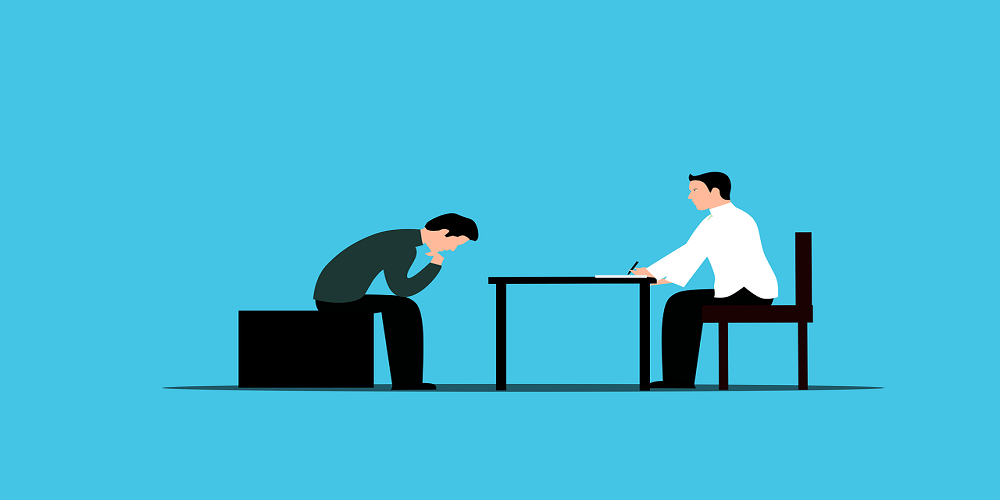
Therapy is a general term for treatment focusing on mental and emotional health. You will come across many types if you have ever considered getting therapy. The treatment approach, benefits, and drawbacks for each type differ. Understanding each type can help you determine the right one to choose. This post will share the common types of therapy for mental health and well-being.
Psychodynamic therapy
This approach is commonly used to treat depression. This therapy aims to target negative behavior patterns resulting from past experiences. The therapist will ask you questions that encourage you to express yourself openly. The therapist will identify thought patterns and behavior that need focusing on. They will use your responses to identify these thoughts. This approach also lets you understand how experiences shape a person’s behavior. Overcoming negative behaviors will be easy once you understand their cause.
Cognitive behavioral therapy CBT
Cognitive behavioral therapy focuses on how the person’s thoughts/feelings determine their behavior. It aims to help the individual identify negative beliefs and thought patterns. The therapist will guide the patient during therapy sessions. CBT aims to identify the effects of unhealthy beliefs in behaviors. They will work with the individual to create a healthy mindset. These changes will help them develop a positive outlook and improve their mental health. This treatment approach is used for the following:
- Depression
- Substance abuse
- Eating disorders
- Trauma-related mental issues
- Schizophrenia
- Bipolar
Dialectal behavioral therapy DBT
Dialectal behavioral therapy is like Cognitive Behavioral Therapy. But it aims to give the individual the ability to regulate their emotions and manage stress. The therapist will guide the patient in exploring their thoughts. Mindfulness exercises are often used to learn the emotions attached to these thoughts. The approach is broader than CBT. It teaches the patient to accept their experiences. It focuses on teaching the individual healthy coping techniques. DBT is used to treat more severe mental health issues, such as,
- Borderline personality disorders
- Post-traumatic stress disorders
- Self-harm
- Intense emotions
- Mood disorders
Humanistic therapy
Unlike treatments focusing on behavior, the humanistic approach focuses on the person’s nature. This therapy aims at self-growth and improvement. It emphasizes the person’s positive attributes, especially their capacity for healing and growth. The therapist will guide you in exploring past experiences and feelings. They will use different exercises to replay past situations. These can be role-playing or e-enactment. By reliving the experience, the individual can become aware of the emotions. Dealing with them becomes easier.
Other types of therapies are:
- Group therapy
- Behavioral therapy
- Family therapy
- Art therapy
- Etc.
Each therapy has its own treatment approach and benefits. Some are more suitable for certain cases than others. But they all help to improve a person’s mental and emotional health. The right approach depends on several factors, including:
- The mental health issue
- The person’s choice
- Individual needs
- The seriousness of the case
The best therapist will guide you in choosing the most beneficial treatment for your case. They will recommend suitable approaches by considering the important factors.












